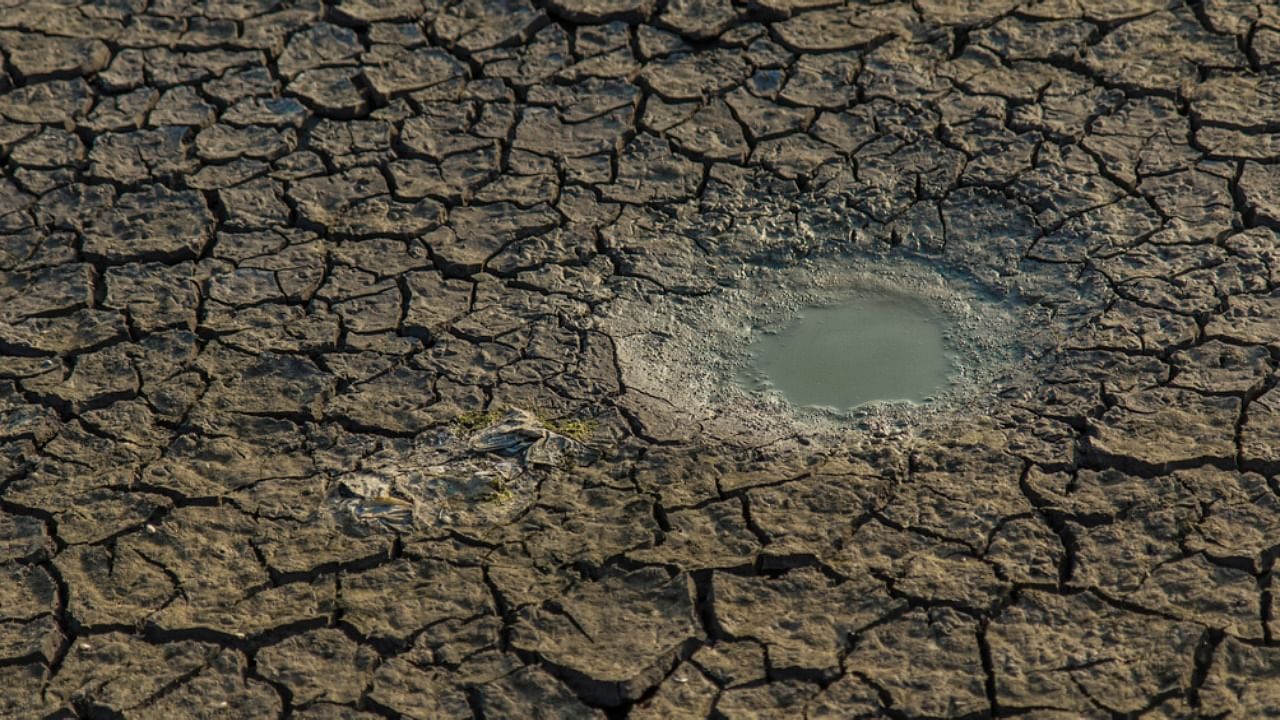
The decreasing rains during monsoon, which are seen as a result of climate change, appear to be ringing a warning bell for the Latur district in Maharashtra.
A recent study reveals that both, during the pre-monsoon and post-monsoon seasons, there has been a significant increase in the areas classified as high, very high, or severe drought-prone.
As a result, the water bodies in the area have continued to diminish during the pre-monsoon season.
The study also notes a constant decline in the region's ability to use water for irrigation and other purposes during the pre-monsoon season.
Beyond Latur, authors of the study have warned that other districts in Marathwada and parts of north Maharashtra, such as Beed, Osmanabad, Jalna, Jalgaon, Aurangabad, Nanded and Dhule, are vulnerable as well, with agrarian communities susceptible to catastrophic effects of droughts on various crops such as sorghum, pearl millet, sugarcane and others.
The study - 'Monitoring drought pattern for pre- and post-monsoon seasons in a semi-arid region of western India' - was published in the peer-reviewed Springer-Nature journal ‘Environmental Monitoring and Assessment,’ recently.
“The main reason behind frequent droughts and the rising area under drought in Latur is climate change-induced declining monsoon rain in the region,” said Dr Atiqur Rahman, corresponding author of the study and Professor at Department of Geography, Faculty of Natural Sciences, Jamia Millia Islamia, New Delhi, adding that the availability of water for irrigation and other activities during the pre-monsoon season is declining consistently in the region.
“Due to climate change and rainfall shortages, droughts have a long history in the Latur district and happen frequently. There are four different categories of drought throughout the entire region: low, moderate, high, and severe. Although there were few areas with high drought grades in 1996, the number of drought-affected areas has grown over the time,” said Shahfahad, lead author of the study, adding that more than half of the territory is under drought now.
“As you get more global warming, you should see an increase in the extremes of the hydrological cycle – droughts and floods and heavy precipitation,” said Prof. James Hansen, American adjunct professor directing the Program on Climate Science, Columbia University.
Over the past month (June 1 to July 1, 2022) Latur has received 30 per cent excess rainfall but forecasts by the weather bureau indicate that a drop in active rainfall is expected through the rest of the season.